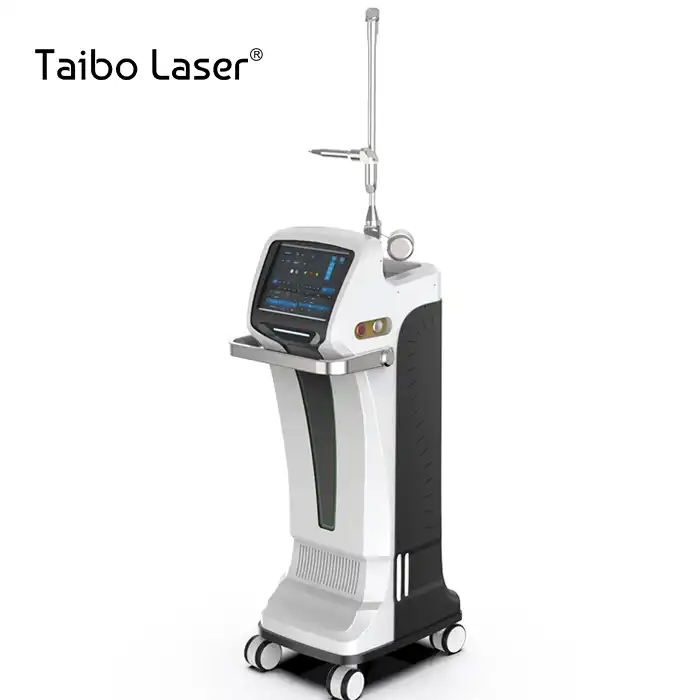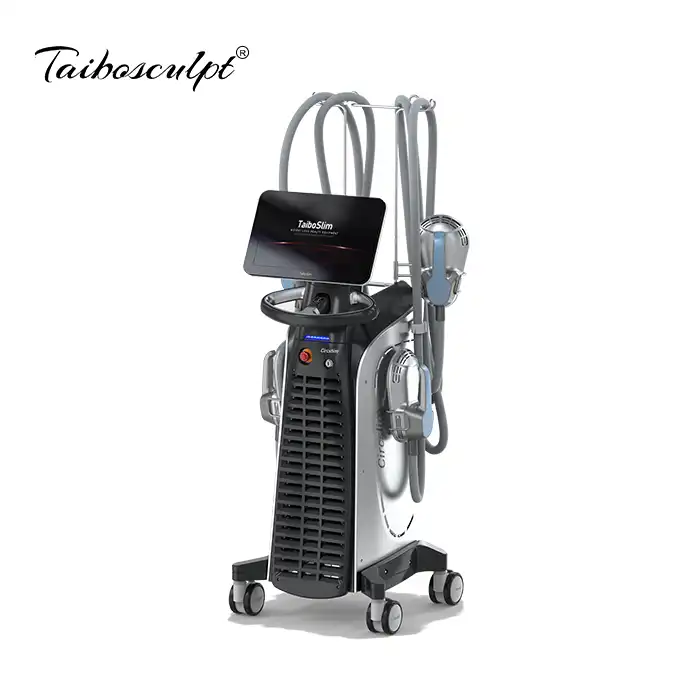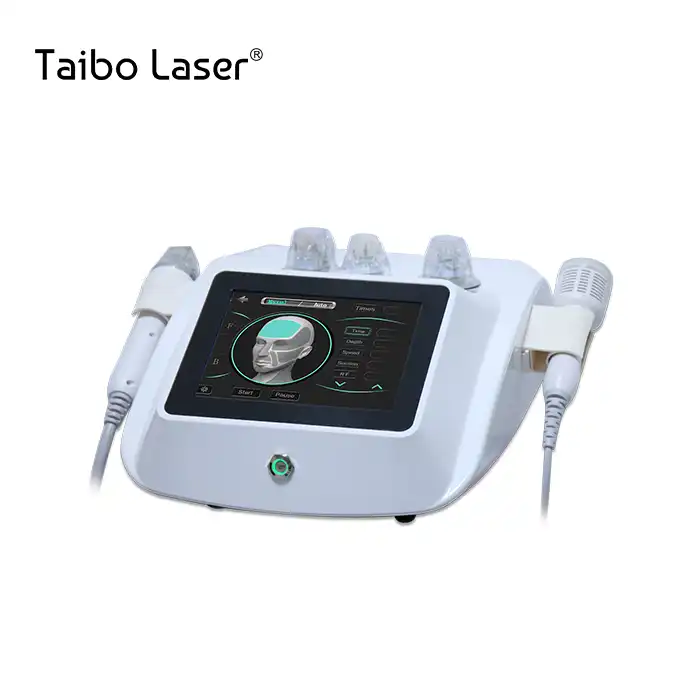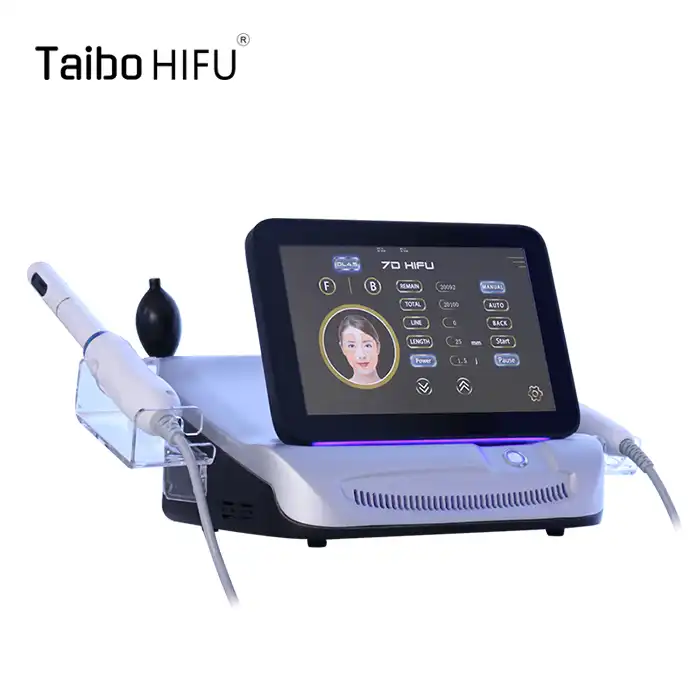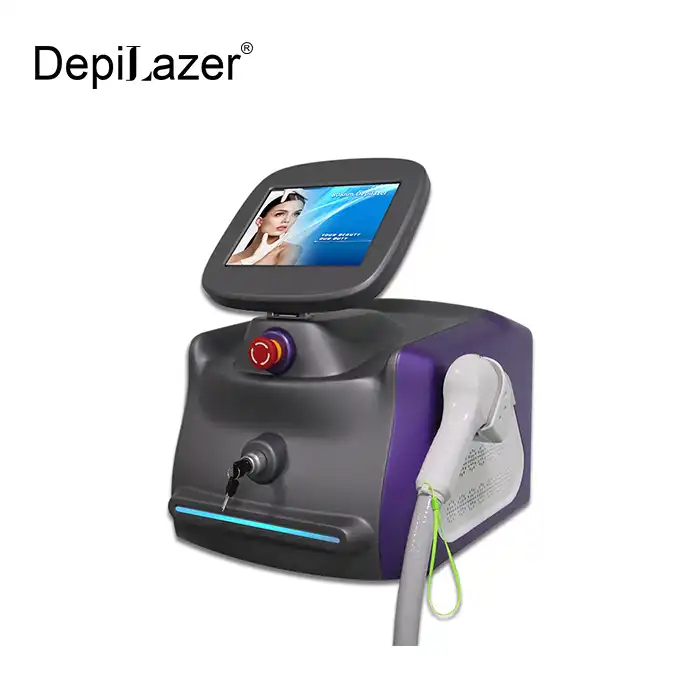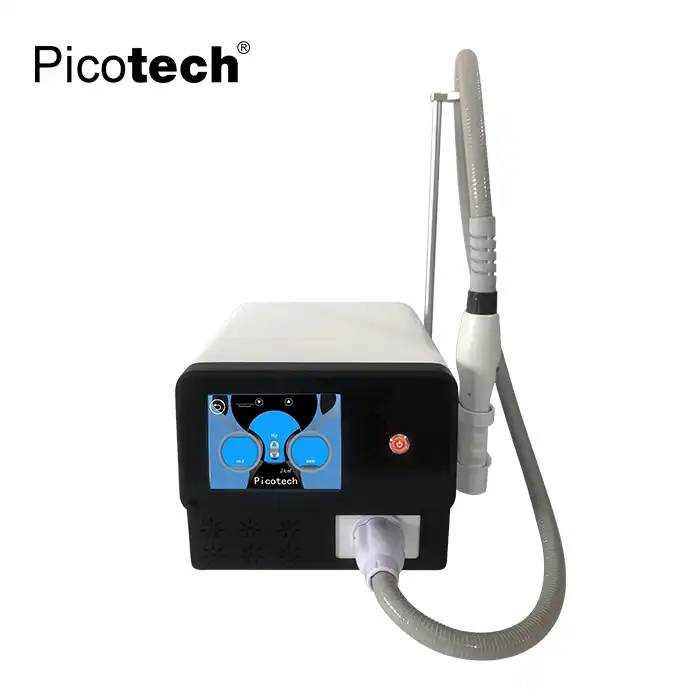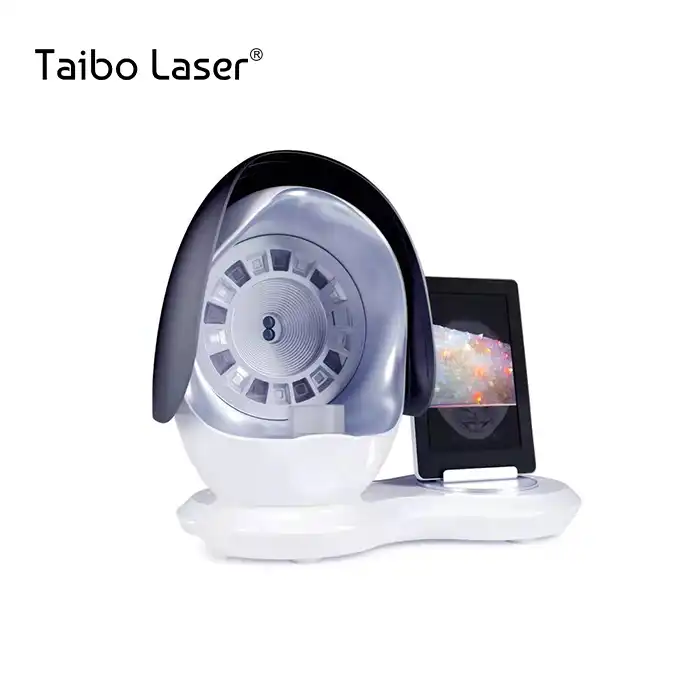
How often should you use a diode laser hair growth machine?
2025-06-19 09:00:01
Hair loss affects millions of people worldwide, creating a significant demand for effective treatment solutions. Among the various therapeutic options available, diode laser hair growth machines have emerged as a promising non-invasive treatment that harnesses the power of low-level laser therapy to stimulate hair follicles and promote natural hair regeneration. The frequency of treatment with a diode laser hair growth machine is a crucial factor that determines the success of hair restoration therapy. Understanding the optimal usage schedule helps maximize therapeutic benefits while ensuring patient safety and satisfaction. The recommended frequency for using a diode laser hair growth machine typically ranges from 2-3 sessions per week during the initial treatment phase, with each session lasting approximately 10-20 minutes. This schedule allows for adequate stimulation of hair follicles while providing sufficient recovery time between treatments. The 650nm wavelength used in these devices penetrates the scalp effectively, increasing blood circulation by up to 55% and delivering essential nutrients to dormant hair follicles. Professional practitioners often recommend continuing this frequency for the first 8-12 weeks, followed by maintenance sessions once or twice weekly to sustain the achieved results and prevent further hair loss.
Understanding the Science Behind Diode Laser Hair Growth Treatment
The Mechanism of Low-Level Laser Therapy
Low-level laser therapy utilizing 650nm wavelength represents a breakthrough in hair restoration technology. The diode laser hair growth machine operates on the principle of photobiomodulation, where specific wavelengths of light interact with cellular structures to stimulate biological processes. When the laser light penetrates the scalp, it targets the mitochondria within hair follicle cells, increasing the production of adenosine triphosphate (ATP), which serves as the primary energy currency for cellular functions. This enhanced cellular metabolism transforms weak, miniaturized hair follicles into healthy, robust structures capable of producing thick, vibrant hair. The laser hair growth machine's 650nm wavelength is particularly effective because it falls within the optimal range for tissue penetration without causing thermal damage. Unlike higher-powered lasers used for hair removal, the low-level laser therapy approach is completely painless and non-invasive. The treatment works by creating a photochemical reaction that increases protein synthesis, improves cellular respiration, and enhances the follicle's ability to absorb nutrients while eliminating harmful waste products such as dihydrotestosterone (DHT), a primary contributor to androgenetic alopecia.
Optimal Treatment Parameters and Timing
The effectiveness of a diode laser hair growth machine depends heavily on proper treatment parameters and timing. Each session should deliver approximately 0.12 to 0.36 J/cm² of radiant exposure to achieve optimal results. The treatment typically requires 10-20 minutes per session, during which the 262 laser diodes emit precise amounts of energy to stimulate the scalp effectively. The timing between sessions is crucial because hair follicles need adequate time to respond to the photobiomodulation process and begin the cellular regeneration cycle. Professional practitioners recommend starting with more frequent sessions (3 times per week) during the initial 4-6 weeks to establish a strong foundation for hair growth. This intensive phase helps overcome the dormant state of miniaturized follicles and kickstarts the growth process. Following this initial period, the frequency can be reduced to 2 sessions per week for the next 6-8 weeks, allowing the newly stimulated follicles to develop and strengthen. The laser hair growth machine's built-in safety features, including temperature control and skin contact sensors, ensure consistent and safe treatment delivery throughout the entire protocol.
Clinical Evidence and Success Rates
Clinical studies have demonstrated that diode laser hair growth machines can stop hair loss in up to 85% of patients when used according to recommended protocols. The treatment's success lies in its ability to regulate sebaceous gland activity, addressing both overly dry and oily scalp conditions that can inhibit healthy hair growth. Research indicates that regular use of a laser hair growth machine can increase individual hair thickness by up to 25%, creating a significantly fuller and more voluminous appearance. The photobiomodulation process triggered by the diode laser hair growth machine has been shown to repair damaged hair shafts and improve overall hair quality. The increased blood circulation to the scalp not only nourishes existing hair follicles but also creates an optimal environment for new hair growth. Patients using the treatment consistently report improvements in scalp health, reduced itching, and enhanced hair texture. The 200W power output and 10MW laser power provide sufficient energy density to achieve these therapeutic effects while maintaining complete safety for users.
Factors Influencing Treatment Frequency
Individual Hair Loss Patterns and Severity
The frequency of diode laser hair growth machine treatments must be tailored to individual hair loss patterns and severity levels. Patients experiencing early-stage hair thinning may require fewer sessions per week compared to those with advanced pattern baldness. The Norwood scale for male pattern baldness and the Ludwig scale for female pattern hair loss provide valuable frameworks for determining appropriate treatment intensity. Early-stage patients (Norwood I-III or Ludwig I) typically respond well to 2 sessions per week, while more advanced cases may benefit from 3-4 sessions weekly during the initial treatment phase. The laser hair growth machine's 200X skin detection capability allows practitioners to assess scalp condition and adjust treatment parameters accordingly. Areas with complete hair loss may require more intensive treatment protocols, while regions with miniaturized hair follicles respond favorably to standard frequency recommendations. The treatment's ability to accelerate blood circulation and improve collagen fiber regeneration makes it particularly effective for patients with compromised scalp health due to previous treatments or medical conditions.
Age and Hormonal Considerations
Age plays a significant role in determining optimal treatment frequency with a diode laser hair growth machine. Younger patients typically have more responsive hair follicles and may achieve desired results with fewer sessions per week. However, older patients may require more frequent treatments to overcome age-related cellular changes and reduced growth factor production. The laser hair growth machine's ability to modulate hair follicles and regulate oil secretions makes it particularly beneficial for patients experiencing hormonal hair loss. Hormonal fluctuations, particularly in women during menopause or pregnancy, can affect hair growth patterns and treatment response. The diode laser hair growth machine's gentle approach makes it suitable for patients with sensitive scalps or those undergoing hormonal changes. The treatment's ability to promote nutrient absorption and improve scalp health addresses many of the underlying factors that contribute to hormonal hair loss, making it an excellent complementary therapy for comprehensive hair restoration programs.
Scalp Health and Underlying Conditions
The condition of the scalp significantly influences treatment frequency and effectiveness. Patients with healthy scalps typically respond well to standard protocols, while those with inflammatory conditions, scarring, or poor circulation may require modified treatment schedules. The diode laser hair growth machine's anti-inflammatory properties make it particularly valuable for patients with scalp psoriasis, seborrheic dermatitis, or other inflammatory conditions that can impede hair growth. The laser hair growth machine's ability to relieve itchy scalp conditions and normalize sebaceous gland activity makes it an excellent choice for patients with complex scalp issues. The treatment's bio-therapeutic properties extend beyond hair growth to include chronic pain relief and improved wound healing, making it valuable for patients with scalp trauma or previous surgical procedures. The 650nm wavelength's proven safety profile allows for frequent use without risk of tissue damage or adverse reactions.
Developing an Effective Treatment Schedule
Initial Phase Treatment Protocol
The initial phase of diode laser hair growth machine treatment is crucial for establishing a strong foundation for hair regeneration. During the first 4-6 weeks, patients should receive 3 sessions per week, with each session lasting 15-20 minutes. This intensive schedule ensures adequate stimulation of dormant hair follicles while allowing sufficient time for cellular recovery between treatments. The laser hair growth machine's built-in air cooling system prevents overheating and ensures patient comfort throughout the treatment process. The treatment protocol should begin with comprehensive scalp assessment using the device's 200X skin detection capability. This evaluation helps determine baseline hair density, follicle health, and scalp condition, allowing practitioners to customize treatment parameters for optimal results. The diode laser hair growth machine's emergency stop button and temperature control system provide additional safety measures during this intensive phase, ensuring patient safety while maximizing therapeutic benefits.
Maintenance Phase and Long-term Management
Following the initial intensive phase, patients transition to a maintenance schedule typically involving 1-2 sessions per week. This reduced frequency maintains the therapeutic benefits achieved during the initial phase while preventing further hair loss. The maintenance phase is crucial for long-term success, as hair follicles require ongoing stimulation to maintain their improved state. The laser hair growth machine's consistent performance and reliable operation make it ideal for extended treatment protocols. The maintenance phase allows patients to incorporate the diode laser hair growth machine into their regular self-care routine. The device's user-friendly design and 10-20 minute treatment duration make it convenient for home use under professional guidance. Regular maintenance sessions help sustain the increased blood circulation, improved nutrient delivery, and enhanced follicle health achieved during the initial treatment phase. The CE and ISO13485 certifications ensure that the device meets international safety standards for extended use.
Combination Therapy and Enhanced Results
The diode laser hair growth machine can be effectively combined with other hair restoration treatments to enhance results and optimize treatment frequency. When used in conjunction with hair transplant procedures, the device can reduce recovery time and improve graft survival rates. The treatment's ability to increase blood circulation and promote healing makes it valuable for post-surgical care, typically requiring daily sessions for the first week followed by standard maintenance protocols. Combining the laser hair growth machine with topical treatments, nutritional supplements, or other therapeutic modalities can create synergistic effects that enhance overall treatment outcomes. The device's ability to promote nutrient absorption makes it particularly effective when used alongside topical growth factors or prescription medications. This combination approach may allow for reduced treatment frequency while maintaining or improving therapeutic results, making it an attractive option for patients seeking comprehensive hair restoration solutions.
Conclusion
The optimal frequency for using a diode laser hair growth machine depends on individual factors including hair loss severity, age, scalp health, and treatment goals. Professional practitioners typically recommend 2-3 sessions per week during the initial 8-12 weeks, followed by maintenance sessions 1-2 times weekly. This evidence-based approach maximizes therapeutic benefits while ensuring patient safety and satisfaction. The technology's proven ability to stop hair loss in 85% of patients and increase hair thickness by up to 25% makes it a valuable tool in comprehensive hair restoration programs.
For professionals seeking reliable diode laser hair growth machine factory partnerships, reputable diode laser hair growth machine suppliers, or experienced diode laser hair growth machine manufacturers, Xi'an Taibo Laser Beauty Company offers industry-leading solutions. As a trusted China diode laser hair growth machine provider with over 15 years of experience, Taibo Laser delivers CE and ISO13485 certified equipment backed by comprehensive warranty and support services. Our professional team provides detailed training, customization options, and 24-hour technical support to ensure successful treatment outcomes. Contact us at susan@taibobeauty.com to discover how our advanced laser hair growth solutions can enhance your practice and deliver exceptional results for your patients.
References
1. Avram, M.R., & Rogers, N.E. (2009). The use of low-level light therapy for the treatment of androgenetic alopecia. Journal of Cosmetic and Laser Therapy, 11(2), 110-117.
2. Lanzafame, R.J., Blanche, R.R., Bodian, A.B., Chiacchierini, R.P., Fernandez-Obregon, A., & Kazmirek, E.R. (2013). The growth of human scalp hair mediated by visible red light laser and LED sources in males. Lasers in Surgery and Medicine, 45(8), 487-495.
3. Jimenez, J.J., Wikramanayake, T.C., Bergfeld, W., Hordinsky, M., Hickman, J., Hamblin, M.R., & Schachner, L.A. (2014). Efficacy and safety of a low-level laser device in the treatment of male and female pattern hair loss. American Journal of Clinical Dermatology, 15(2), 115-127.
4. Esmat, S.M., Hegazy, R.A., Gawdat, H.I., Abdel Hay, R.M., Allam, R.S., & El Naggar, R.F. (2017). Low level laser therapy in treatment of female pattern hair loss. Journal of Cosmetic and Laser Therapy, 19(2), 84-89.
YOU MAY LIKE













